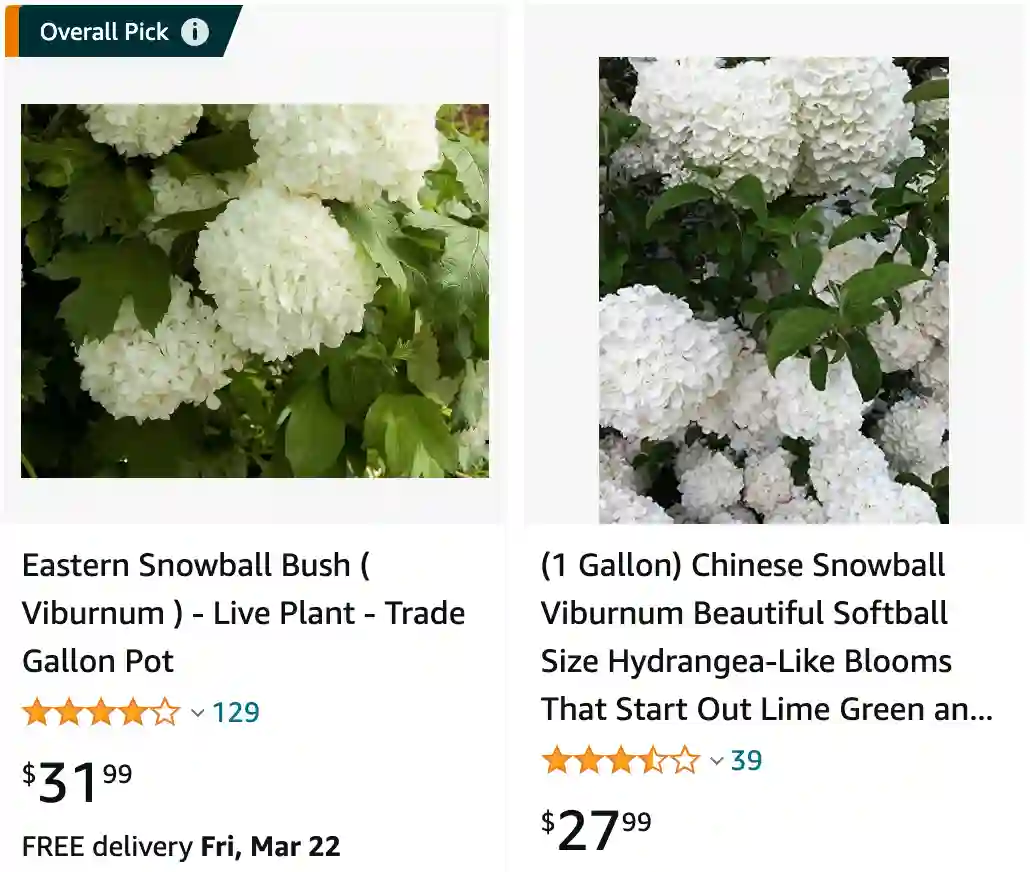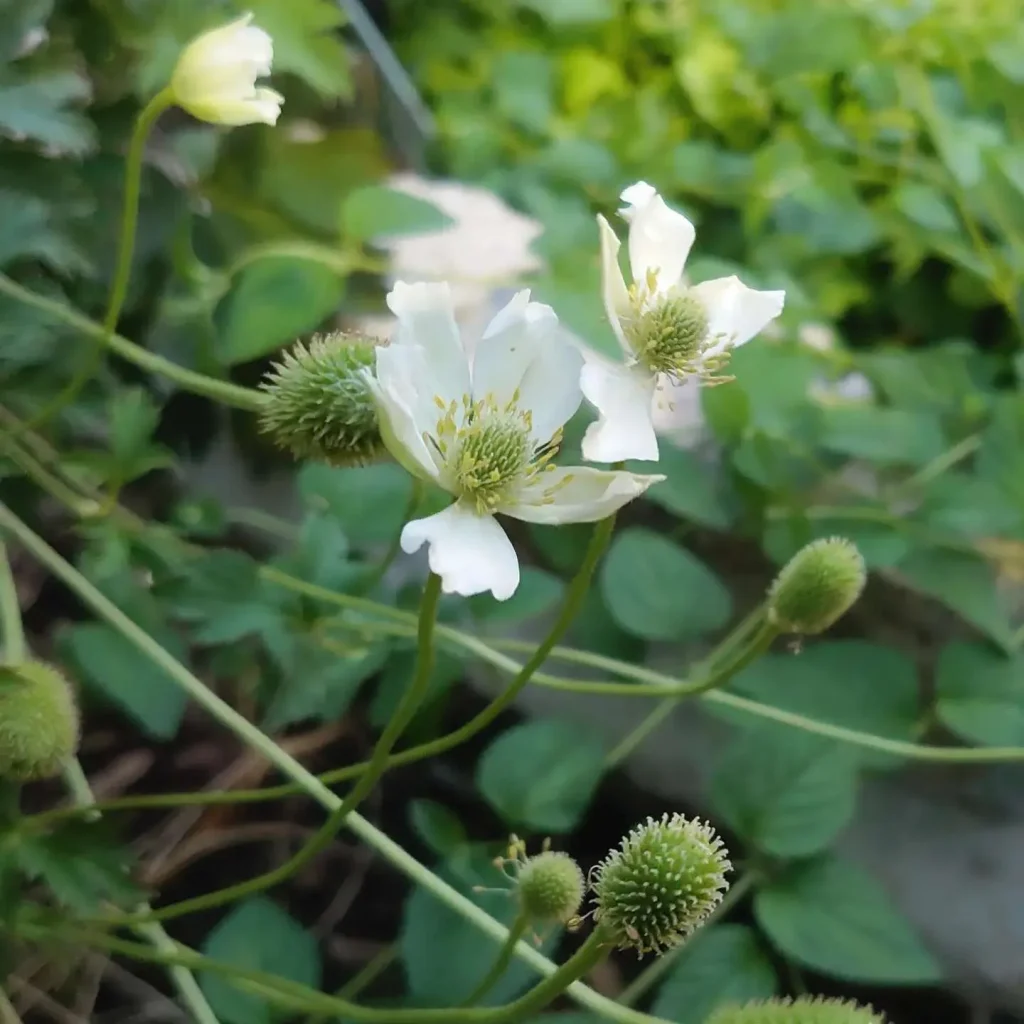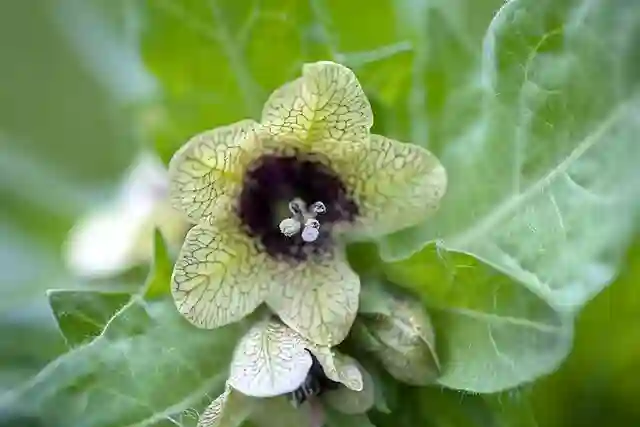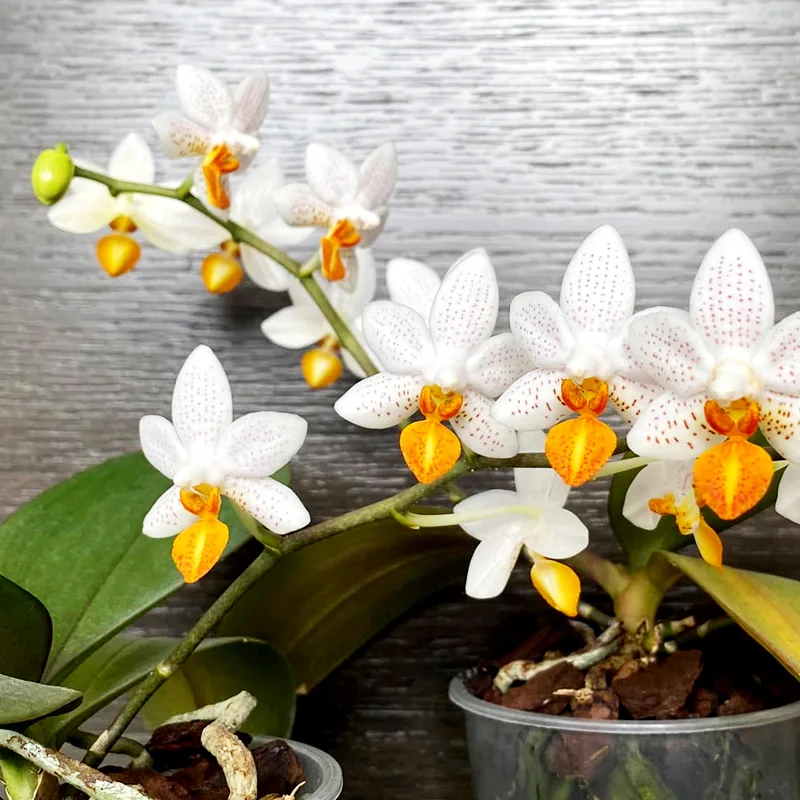
The Allure of the Eastern Snowball Viburnum: A Gardener’s Guide
As a gardener, I’m always on the lookout for plants that add a touch of drama and elegance to my landscape. That’s where the Eastern Snowball Viburnum comes in. This captivating shrub boasts a breathtaking display of snowball-like white flowers in late spring, transforming any space into a winter wonderland, even in warmer months. But its beauty goes beyond its first impression. From its glossy green foliage to its vibrant fall colors, the Eastern Snowball Viburnum offers year-round interest.
Over the years, I’ve learned a great deal about caring for this remarkable shrub, and I’m excited to share my experience with you. In this guide, we’ll delve into everything you need to know about the Eastern Snowball Viburnum, from planting tips to care and potential drawbacks.
206 Species in Genus Viburnum
Eastern Snowball Viburnum vs Chinese Snowball
I’ve grown Eastern Snowball Viburnum in my garden, and I love how its dense, rounded clusters of white flowers really stand out in the spring. The Chinese Snowball Viburnum, on the other hand, has a more open, airy flower structure, which I find adds a delicate touch to the landscape. I’ve noticed the Eastern Snowball tends to have a more robust, full appearance, while the Chinese Snowball offers a slightly more refined look with its light, feathery blooms. In terms of maintenance, both have been relatively easy, but the Eastern Snowball has shown a bit more resilience through harsher weather conditions.
What to Plant With Eastern Snowball Viburnum?
The Eastern Snowball Viburnum’s striking white blooms pair beautifully with a variety of plants. Here are a few ideas to create a harmonious landscape:
- Spring companions: Plant early-blooming perennials like daffodils, tulips, and forget-me-nots at the base of the viburnum for a vibrant display of color in early spring.
- Summer showstoppers: As the viburnum’s flowers fade, introduce perennials with vibrant blooms like daylilies, phlox, and black-eyed Susans to maintain the visual interest throughout summer.
- Fall foliage friends: Create a stunning fall display by planting shrubs with contrasting fall colors like red dogwood or purple smokebush near the viburnum.
- Evergreen accents: For year-round structure, consider planting evergreen shrubs like boxwood or holly next to the viburnum.
How Far Apart to Plant Eastern Snowball Viburnum?
Knowing the mature size of the Eastern Snowball Viburnum is crucial when determining planting distance. These shrubs can reach up to 12 feet tall and 15 feet wide. To ensure proper airflow and prevent overcrowding, plant them at least 8-10 feet apart when planting as single specimens. If you’re creating a hedge, space them 6-8 feet apart for a dense and full look.
Is Eastern Snowball Viburnum an Invasive Plant?
While the Eastern Snowball Viburnum is not typically considered invasive in most areas, it can become problematic in certain circumstances. It readily produces red berries that are attractive to birds. These birds can spread the seeds to unwanted areas, potentially causing the viburnum to establish itself where it’s not desired.
Here are some things to consider:
- Check your local regulations: Some areas may have restrictions on planting the Eastern Snowball Viburnum due to its potential invasiveness. It’s always best to check with your local authorities before planting.
- Consider sterile varieties: Opt for sterile varieties like ‘Viburnum opulus ‘Sterile” which don’t produce berries, eliminating the risk of unwanted spread.
- Maintain proper care: A healthy and well-maintained Eastern Snowball Viburnum is less likely to become invasive.
Where Should I Plant Eastern Snowball Viburnum?
The Eastern Snowball Viburnum thrives in a variety of locations, but choosing the right spot is key to its success. Here are some factors to consider:
- Sunlight: While they can tolerate partial shade, Eastern Snowball Viburnums prefer full sun for at least 6 hours a day to produce the most abundant blooms.
- Soil: These shrubs prefer moist, well-drained soil with a slightly acidic pH. Amend your soil with compost or organic matter if necessary to improve drainage and acidity.
- Shelter from wind: Strong winds can damage the large flower clusters. Plant them in a location protected from strong winds, especially during the blooming season.
How to Care for Eastern Snowball Viburnum
Once you’ve planted your Eastern Snowball Viburnum in the perfect spot, caring for it is relatively simple. Here’s what you need to know:
- Watering: Water your viburnum regularly, especially during its first year and during dry periods. Aim for the soil to be consistently moist but not soggy.
- Mulching: Apply a layer of mulch around the base of the plant to retain moisture, suppress weeds, and regulate soil temperature.
- Pruning: Prune your Eastern Snowball Viburnum after flowering is finished. This encourages bushier growth and better flower production for the following year.
- Fertilization: While not essential, a balanced fertilizer applied in early spring can promote healthy growth and vibrant blooms.
Conclusion
The Eastern Snowball Viburnum is a captivating shrub that offers a delightful combination of beauty and ease of care. With its stunning flower display, attractive foliage, and adaptability to various landscapes, it’s no wonder this shrub continues to be a popular choice for home gardeners. By following the tips outlined in this guide, you can successfully cultivate this magnificent shrub and enjoy its charm for years to come. Remember, a little planning and TLC go a long way in ensuring your Eastern Snowball Viburnum thrives and becomes a cherished focal point in your garden.
If i die, water my plants!



